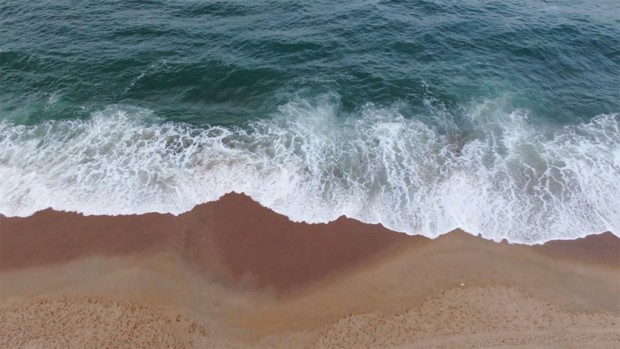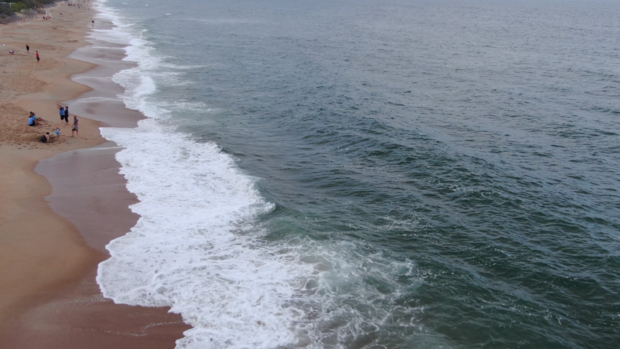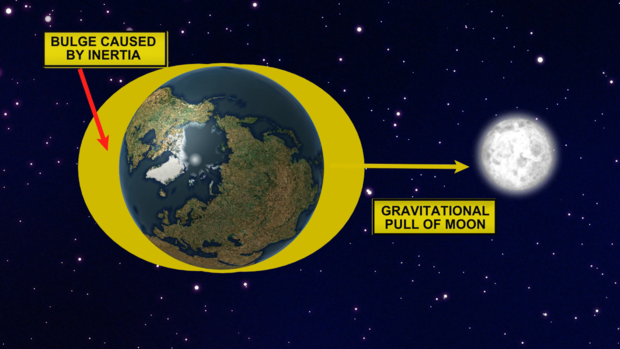Hey Ray: How high tide and low tide really work
PITTSBURGH (KDKA) - When you're at the beach you undoubtedly notice what looks like the tide moving in and out.
While it seems like the tides move in and out over the course of the day, the tides do not actually move in and out! That's only what appears to happen from your perspective.
Most people know that the moon's gravitational pull is a major factor in the tides.
According to the National Oceanic and Atmospheric Administration, the gravitational pull of the sun on the earth is about 178 times stronger than the gravitational pull on the earth from the moon.
However, because of the moon's close proximity, when compared to the sun, the tidal pull by the moon is over twice that of the sun.
That is why there is a tidal bulge on the side of Earth facing the moon. There are two tidal bulges, though!
The simplest explanation for this is: as the moon's gravitational force pulls the water toward the moon, inertia attempts to keep the water in place on the other side of earth.
Remember, inertia is a property of matter by which it continues in its existing state of rest.
According to the National Weather Service, gravity and inertia act in opposition on the earth's oceans, creating tidal bulges on opposite sides of the planet. On the side of the earth facing the moon, the gravitational force of the moon pulls the ocean's waters toward it, creating one bulge. On the far side of the earth, inertia dominates, creating a second bulge.
As earth rotates, your part of the planet passes through both of these tidal bulges each day.
When you're in one of the bulges, that is your high tide. When you're outside of the bulges, that's when you have low tide.
So, the tides don't really move in and out.
Your part of earth rotates into and out of the tidal bulges a couple of times a day.









